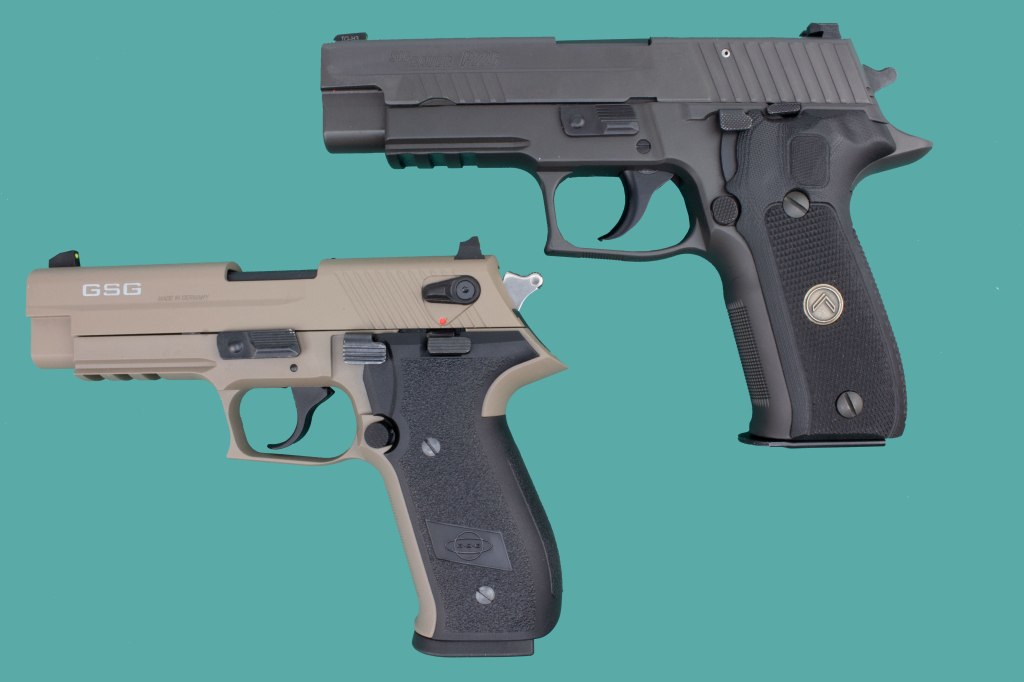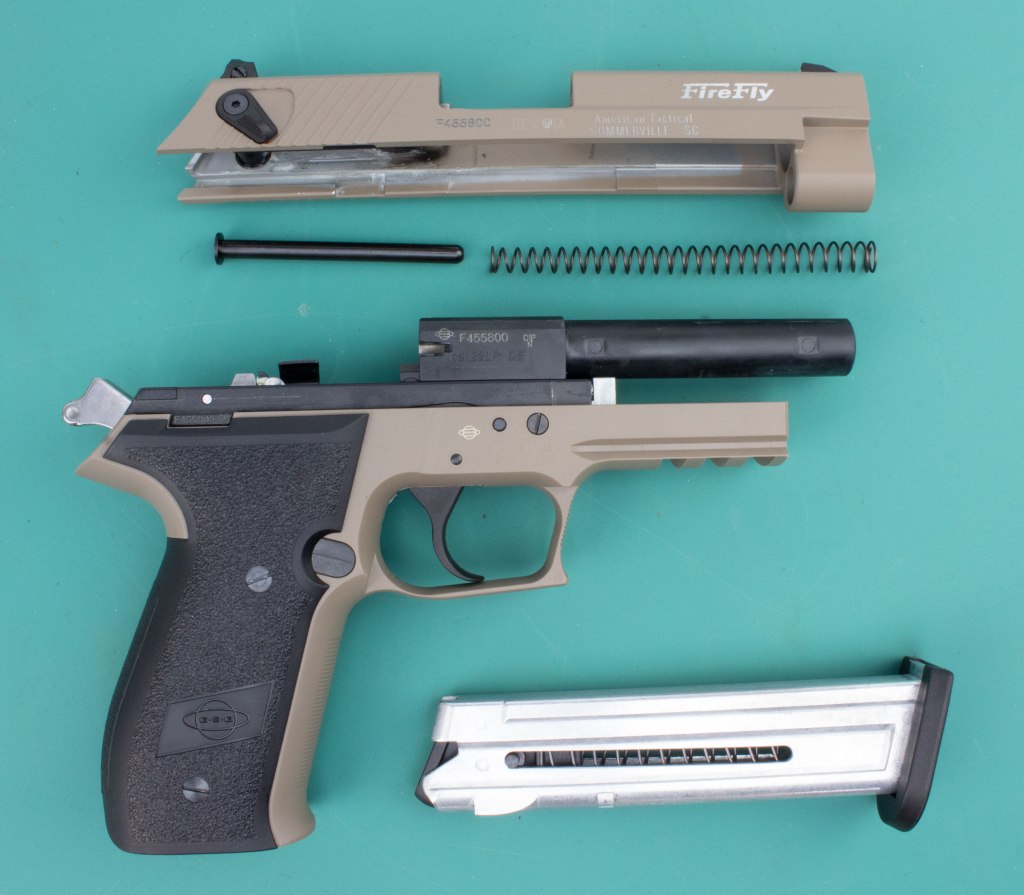The day my Ruger-57™arrived in it’s beautiful black box with red trimmings and the Ruger logo in red on its top, a press release announced the Ruger-57™had been awarded the Caliber Award in the Best Overall New Product category by the National Association of Sporting Goods Wholesalers (NASGW) in partnership with the Professional Outdoor Media Association (POMA). I could see why, even though I had not yet shot the gun. The 57 is beautifully made and in a caliber that’s unique and very interesting.

One of my sons has an FN HERSTAL Five-seveN and we’ve all enjoyed shooting it. He got his when they were in high demand and short supply and has always treasured it as a unique piece of handgun history. Now Ruger has acknowledged the caliber with a handgun that’s more affordable than the FN gun, yet with the typical Ruger ruggedness enhanced with features and handling that make it a standout in any gun collection. When I opened the box, before ever touching the gun, I was impressed. It just looks really cool.

I knew it would be light, so picking it up wasn’t a surprise in that category, but the way it felt in my hands was more in keeping with a heavier gun. I think it’s the length of the slide and barrel that give it that feel. It’s a 5″ barrel, with a long slide to match. The slide has a lightening cut at the top, a green fiber-optic sight at the front and a fully adjustable all black sight at the rear. There are cocking serrations front and rear and much to my delight the top of the slide is predrilled for a mounting plate that will accommodate most of the common red dot sights. I wasted no time ordering a mounting plate from ShopRuger.com as I had a red dot sight looking for a home. The slide is also contoured nicely on the front and top to aid in holstering and concealment. This is a gun lots of owners will decide to carry because of it’s capacity, lightweight and overall thinness. The 57 is long, 8.5″ front to rear, and it’s 5.5″ tall. The width is 1.5″ and the weight is 24.5 oz. Sure it’s going to stick down in or outside your pants a little further than most carry guns, but the weight isn’t an issue and carrying 21 lethal rounds is nothing to sneeze at.
The Ruger-57™is internally hammer-fired with a trigger known as the Secure Action fire control system. It’s similar to the action on the LCP II and Security-9 pistols. The Secure Action fire control provides the feel of a short, crisp single-action trigger that consistently breaks around 5.5 lbs.

Controls on the Ruger-57™are easy to operate and located where you’d expect to find them. There is an ambidextrous external safety to go along with the blade safety in the trigger. The slide lock is only on the left side, but the magazine release button is easily switched to the right side if that’s that you’d like. The ejection port is rather long to accommodate the length of the 5.7x28mm brass. The takedown lever rotates 90 degrees counter-clockwise after being pushed out slightly by pressing a button on the right side of the frame. I found the button a little difficult to press, but the manual recommends using the bottom of one of the magazines or some other non-marring surface to push on the button, rather than your fingers. Once you’ve rotated the lever, takedown on this pistol is different. You move the slide forward about 1/4″ then just lift it off. Removal of the recoil spring and barrel is then done just like you’d do on any other centerfire semi-automatic pistol.

The grip is textured and fills the hand more front-to-rear than side-to-side. That nicely shaped and textured grip makes handling the long slide and barrel seem natural. It’s a hoot to shoot. When my mounting plate arrived from Ruger I installed an Ade Advanced Optics RD3 that I bought on Amazon. Mounting the optic with Ruger’s mounting plate was an easy task. Before going to shoot, I used my Firefield Red Laser Universal Boresight to get a starting alignment, which turned out to be right on target when I got to the range.

I’d love to tell you about all the different types of ammo I tried but the real story in this time of unprecedented gun buying and ammo shortages I was lucky to find any 5.7 x 28mm ammunition at all. Palmetto State Armory had some American Eagle 40 grain FMJ in 50 round boxes for $50 so that’s what I shot. The gun seemed to like it and shooting it was pure delight. My friend and fellow gunwriter, Will Dabbs M.D., who beat me to posting a Ruger-57™ review in both GUNS and American Handgunner magazines wrote about a love affair with the gun. I don’t know that I’d go that far, but when you’ve got a Ruger that spits fire, makes a loud boom, puts the holes where you want them every time you pull the trigger and doesn’t have much recoil, it would be dang near impossible not to really like the gun.
Is it the right gun for concealed carry or home defense? I could be. It’s light, though kind of big, especially with the red dot sight on it. The bullets travel really fast, like 2250 fps, so there’s no doubt they’ll wreak havoc on a flesh and blood target. Compared to its only real competitor, the FN HERSTAL Five-seveN, The Ruger-57™ is a real bargain. Ruger set the MSRP for their 57 at $799 while the FN HERSTAL Five-seveN’s MSRP is $1,199.
























